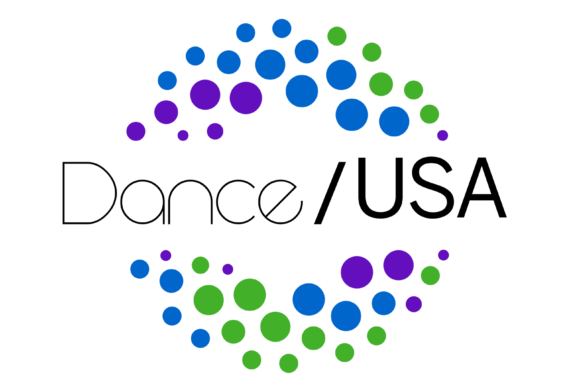Invitation to the Dance
Dance can be an intimidating art form for many, audience development leaders and presenters often hear from patrons or prospective patrons who are hesitant to attend modern dance concerts. Whether you find dance to be a familiar country, or worry you won’t “get
it” and will be out of the cultural loop, read on. Here are some
helpful guideposts from Jacob’s Pillow for seeing, discussing, and appreciating dance.
Framing Discourse Around Equity
By Jennifer EdwardsThe following conversation took place on Twitter during the Dance/USA Forum in New York on January 11, 2013:Me: #APAPnyc So in this conversation of shifting demographics and “diversity” I have heard the word “queer” exactly once.Ellen Chenoweth: @jenniferedwards great point, would like to see graphs around age and demographics there too.AXIS Dance Company: @jenniferedwards true. We also see[m] to be forgetting disability as a form of diversity here #Apapnyc @danceusaorgDanc…
Modern Dance: Its Death and Regeneration
I’ve spent a lot of time worrying and writing about what is ballet and have grown tired of reading crossover choreographers say that their works are “firmly rooted in the classical tradition” when they don’t even give a nod to “the classical tradition.” I haven’t worried about modern dance because I believe at the center of its identity is that it must reinvent itself with every generation. Each generation has a right to do what it wants. So what does it want in 2012?
What Should a Dance Critic Talk About When She Talks About Dance?
What is the role of a dance critic? That’s a question I’ve been asking myself for a couple of weeks now, ever since reading an article on the front page of The Washington Post’s Style section in mid-October. The piece, by the paper’s chief dance critic, Sarah Kaufman, confirmed a hunch I’ve had for a while: Kaufman is making an occupation of not writing about modern dance.
Focus on Dance Writing, Content Creation, and Audience Engagement
Perhaps then, teaching dance-lovers the importance of entering the conversation may be a better project to undertake. Dance writing, whether it appears online or in print, begs a response from the community. With the advent of new media, dancers, choreographers, and dance enthusiasts have more opportunities than ever to share thoughts and opinions and so sustain their field.
A Critical Change at The Village Voice
After more than 40 years, the dean of American dance critics, Deborah Jowitt, has written her last review at The Village Voice. Here are the reasons why.
When Is Your Dance Wrong?
Criticism and critique are based on personal standards and opinion. Opinion is fine, of course. However, when you apply your standard to others, at best, you should arrive at “like” and “don’t like” rather than “wrong” or “right.” Someone’s impression or perception of a subject reinterpreted through their art can be appreciated, unappreciated, liked or disliked, but can’t be wrong.
Raising the Barre: Should Dance Critics Take Class?
Why the self-imposed exile from dance classes? Why is the world of the studio off limits to those critics who write about dance?
John Rockwell on The Critical Divide
Critics are not there to serve the dance community or particular artists. They are there to join in—lead, maybe, in a dominant paper—a wider conversation and shared enthusiasm about the art form.
- 1
- 2


Sequestered
As a judge in any competition, you are expected to be “objective.” But there is no such thing as pure objectivity, since we all come with our own set of past experiences. I am aware of my personal
biases and try to move beyond them, but part of the value of my — or
anyone’s — feedback is in the passionate personal response. If we know a person from our past, we see more in their
performance than if we never laid eyes on them. This is why the
American College Dance Festival Association requires that its
adjudicators be kept away from the participants — “sequestered.” Read about dancer/critic Wendy Perron’s experience.